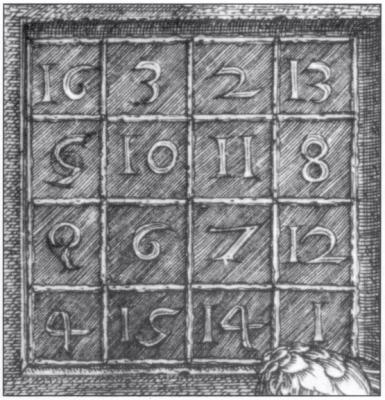Donnerstag, 21. Juni 2012
BaBar: Neue Physik entdeckt
klauslange,01:06h
Während man wieder über neue Ergebnisse mit größerer Signifikanz zum Higgs-Boson spekuliert (und gesicherte Auskunft wird auf der Konferenz in Melbourne zu finden sein, siehe ab 4.7.12 hier) wurde mittels der BaBar-Kollaboration ein Zerfall beobachtet, der viel größer ist, als die Standardtheorie der Teilchenphysik erlaubt. Ausführlich berichtet science daily darüber:
In this type of decay, a particle called the B-bar meson decays into a D meson, an antineutrino and a tau lepton. While the level of certainty of the excess (3.4 sigma in statistical language) is not enough to claim a break from the Standard Model, the results are a potential sign of something amiss and are likely to impact existing theories, including those attempting to deduce the properties of Higgs bosons.
"The excess over the Standard Model prediction is exciting," said BaBar spokesperson Michael Roney, professor at the University of Victoria in Canada. The results are significantly more sensitive than previously published studies of these decays, said Roney. "But before we can claim an actual discovery, other experiments have to replicate it and rule out the possibility this isn't just an unlikely statistical fluctuation."
The BaBar experiment, which collected particle collision data from 1999 to 2008, was designed to explore various mysteries of particle physics, including why the universe contains matter, but no antimatter. The collaboration's data helped confirm a matter-antimatter theory for which two researchers won the 2008 Nobel Prize in Physics.
Researchers continue to apply BaBar data to a variety of questions in particle physics. The data, for instance, has raised more questions about Higgs bosons, which arise from the mechanism thought to give fundamental particles their mass. Higgs bosons are predicted to interact more strongly with heavier particles -- such as the B mesons, D mesons and tau leptons in the BaBar study -- than with lighter ones, but the Higgs posited by the Standard Model can't be involved in this decay.
"If the excess decays shown are confirmed, it will be exciting to figure out what is causing it," said BaBar physics coordinator Abner Soffer, associate professor at Tel Aviv University. Other theories involving new physics are waiting in the wings, but the BaBar results already rule out one important model called the "Two Higgs Doublet Model."
Nun wird noch eine unabhängige Bestätigung benötigt, die aber bald vorliegen kann, wie New Scientist berichtet:
The BaBar team's results are not statistically significant, yet, but they hope a Japanese experiment called Belle will confirm their results soon. If it is confirmed, the standard model may need a revamp, even if the Higgs is discovered to fit neatly into it.
In this type of decay, a particle called the B-bar meson decays into a D meson, an antineutrino and a tau lepton. While the level of certainty of the excess (3.4 sigma in statistical language) is not enough to claim a break from the Standard Model, the results are a potential sign of something amiss and are likely to impact existing theories, including those attempting to deduce the properties of Higgs bosons.
"The excess over the Standard Model prediction is exciting," said BaBar spokesperson Michael Roney, professor at the University of Victoria in Canada. The results are significantly more sensitive than previously published studies of these decays, said Roney. "But before we can claim an actual discovery, other experiments have to replicate it and rule out the possibility this isn't just an unlikely statistical fluctuation."
The BaBar experiment, which collected particle collision data from 1999 to 2008, was designed to explore various mysteries of particle physics, including why the universe contains matter, but no antimatter. The collaboration's data helped confirm a matter-antimatter theory for which two researchers won the 2008 Nobel Prize in Physics.
Researchers continue to apply BaBar data to a variety of questions in particle physics. The data, for instance, has raised more questions about Higgs bosons, which arise from the mechanism thought to give fundamental particles their mass. Higgs bosons are predicted to interact more strongly with heavier particles -- such as the B mesons, D mesons and tau leptons in the BaBar study -- than with lighter ones, but the Higgs posited by the Standard Model can't be involved in this decay.
"If the excess decays shown are confirmed, it will be exciting to figure out what is causing it," said BaBar physics coordinator Abner Soffer, associate professor at Tel Aviv University. Other theories involving new physics are waiting in the wings, but the BaBar results already rule out one important model called the "Two Higgs Doublet Model."
Nun wird noch eine unabhängige Bestätigung benötigt, die aber bald vorliegen kann, wie New Scientist berichtet:
The BaBar team's results are not statistically significant, yet, but they hope a Japanese experiment called Belle will confirm their results soon. If it is confirmed, the standard model may need a revamp, even if the Higgs is discovered to fit neatly into it.
... comment

